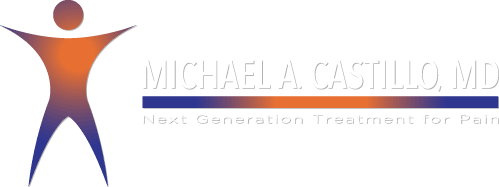It’s an age-old question in medicine, is this safe? Is it effective? With the rise of regenerative medicine and stem cell therapies, people wonder if therapies such as Platelet Rich Plasma, Exosomes/Stem Cells, and Ozone Therapies are safe and effective for chronic pain conditions such as arthritis.

Platelet Rich Plasma and Stem Cell treatments can be effective regenerative therapies for arthritis and other conditions. Regenerative medicine is considered to be safe because most regenerative therapies use cells collected from the patient (platelet rich plasma, or stem cells from bone marrow or fat tissue), which minimizes adverse reactions. Or use oxygenated water in the case of Ozone therapies. The most common adverse reactions following procedures are temporary pain and swelling.
Are Regenerative Therapies Effective?
The effectiveness of regenerative medicine is debated; research into Platelet Rich Plasma and Stem Cell therapies is ongoing. Some procedures may be more effective than others. Just as some doctors produce better results than others depending on the type of regenerative therapies used, as well as procedure techniques performed to deliver the cells.
Current research theorizes stem cells when applied to arthritic joints will: regenerate new cartilage cells, treat the inflammation aggravating arthritis symptoms, and the cytokines released into the joint will slow the joint degeneration. Any treatment could produce any or all of these outcomes. The proteins and growth factors in both platelet rich plasma and stem cells are concentrated and send signals to the body to send healing properties to the area targeted to accelerate the healing process.
Therapies Dr. Castillo Uses
Dr. Castillo uses a combination of PRP and stem cell therapies when treating pain from conditions such as arthritis. Believing platelet rich plasma can help maximize the healing effects of stem cells. Using the two therapies together only increases the amount of proteins and growth factors sent to the targeted area.
Platelet Rich Plasma (or PRP) is derived from patient’s own blood, and spun down and separated to just the platelets. Similar to when you skin your knee the body sends platelets to help heal the area, creating a scab. The scab protects the area while the platelets release proteins and growth factors to heal the scrape. Platelets secrete growth factors and other proteins that control cell division, stimulation tissue regeneration, and promote healing.
Ozone has been utilized and studied for many decades. Its effects are proven, consistent and with minimal side effects. Ozone is a form of oxygen, made with three oxygen atoms. In alternative medicine, practitioners of ozone therapy use gas or liquid forms of ozone to treat medical and dental conditions, and as a topical disinfectant. Medical O3 has been used to disinfect and treat disease, has been around for over 150 years.
Ozone Therapy can be used to complement traditional medical treatments. Such as with cancer helping to minimize nausea, fatigue, and even hair loss following chemotherapy. Ozone can increase the immune system response. This can help the body fight cancer and may potentially support the efficacy of other cancer treatments.
 Skip to content
Skip to content
